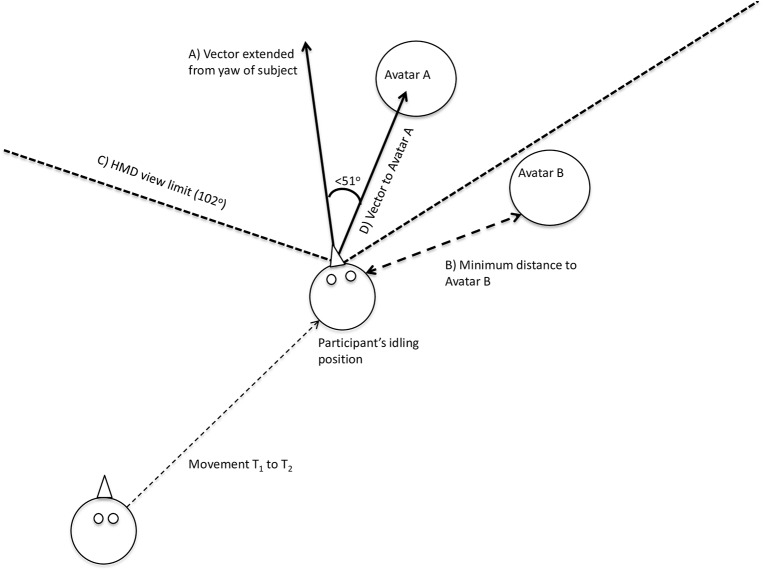Fig 3. Aerial depiction of the method for calculating visual gaze and interpersonal distance.
The participant’s movement from her starting point at T1 to her idling position at T2 is recorded by the optical tracking system in the laboratory room. At T2, line C indicates the participant’s entire horizontal field of view of 1020 within the HMD. Avatar A is within the participant’s range of view, whereas Avatar B is not in view. A vector (line A) was extended from the center of the participant's head along the z-axis (i.e., extending out from the nose), and another vector (line D) was drawn between the participant and Avatar A, providing a measurement for angle E. The participant is considered to be looking at a given avatar if angle E is less than half of her entire field of view, or less than 510. Line B demonstrates the distance between the participant at T2 and Avatar B, measured as the distance from the participant to the outside edge of a cylinder with a radius equal to the width of Avatar B, as measured in Inspector.

